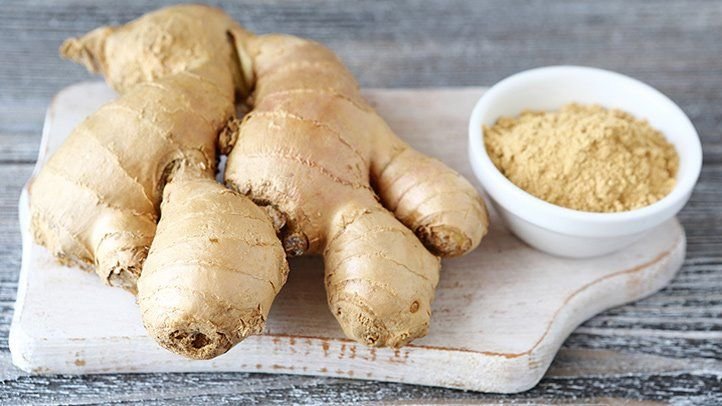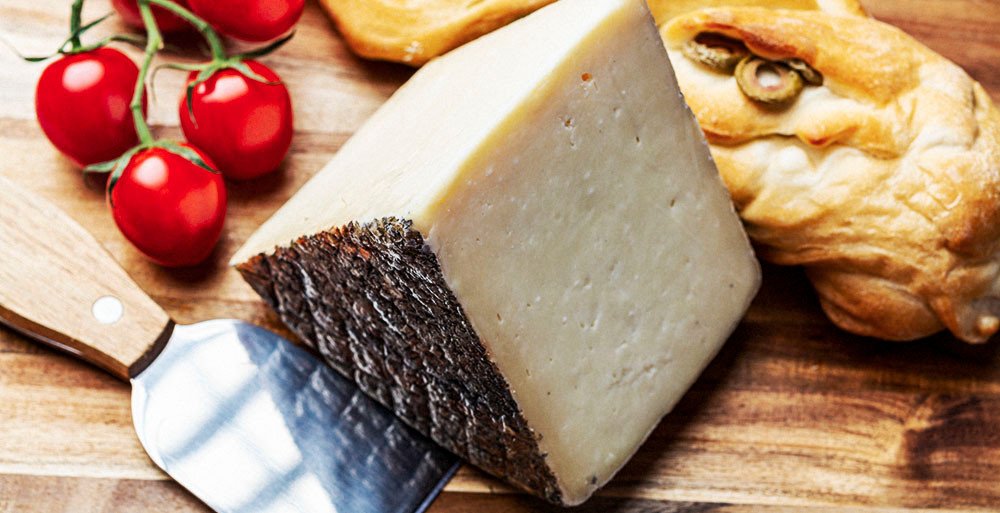What would we do without grapes? First, consider the culinary miracles that may be produced from a single fruit: jam, balsamic and red wine vinegar, and, of course, wine. In addition, however, another grape-derived substance, cream of tartar, is responsible for constructing towering cakes, ethereal meringues, and chewy snickerdoodles.
In addition, the white powder which is called as cream of tartar is often found in baked goods, where it acts as a stabilizer, a leavening agent, and a crystallization inhibitor, among other things (more on this later).
There is no need to be alarmed if you have just begun a baking endeavor and find that your jar of cream of tartar is empty. There is various cream of tartar alternatives available; all you need to decide is which function the substitute should fill.
What is Tartar Cream, and how is it different from other varieties of cream?
Cream of tartar crystallizes on the walls of wine barrels during the fermentation process, garnering it the glamourous moniker “wine diamonds.” The crystals are cleaned and crushed into the white powder you’re most likely storing in your pantry after fermentation.
This powder is potassium bitartrate, a moderate tartaric acid salt that may be utilized in various culinary applications, from stabilizing beaten egg whites to preserving the smooth and chewy texture of caramel. Although it may seem tough at first, there are several creams of tartar substitutes available. Numerous items are very certainly present in your cabinet or refrigerator!
Whether you’re searching for the cream of tartar replacement for leavening or stabilizing, these ten alternatives will save you time and money by removing the need to visit the store or postpone the preparation.
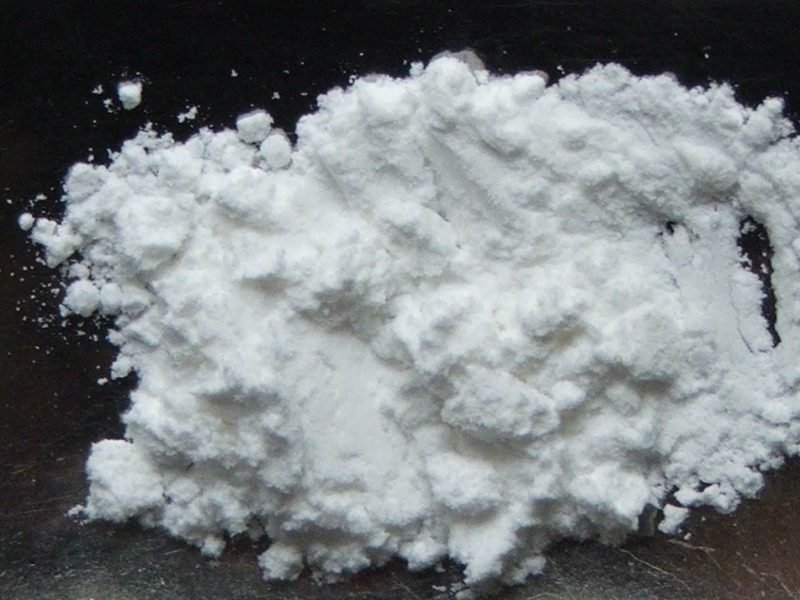
Lemon juice
According to the Food Network, lemon juice is the most flavor-alike alternative for the cream of tartar. Cream of tartar is a powdered form of tartaric acid, and lemon juice has the same amount of tartaric acid as cream of tartar.
If you’re worried about your dessert being too sour, lemon juice is not much sourer than cream of tartar. According to Spiceography, the dish’s literal name is derived from the sour acidity of cream of tartar.
However, lemon juice is much easier to work with since it contains natural sugar, making it a better alternative if you accidentally add too much cream of tartar and don’t want to deal with the sourness. In addition, lemon juice may help to stabilize egg whites and avoid crystallization in syrups.
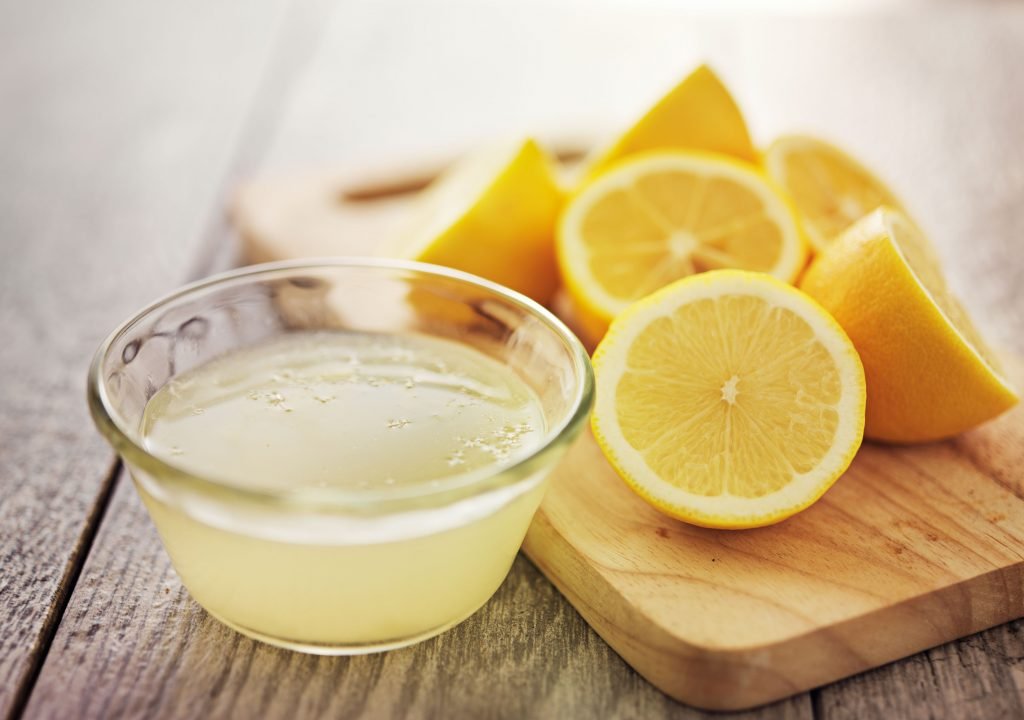
Vinegar
White vinegar and cream of tartar have such comparable properties that they may be substituted one for the other. On the other hand, white vinegar does not have the same flavor as red wine vinegar. While it has the same acidic qualities as cream of tartar, it also has a strong flavor that may rapidly overshadow the desirable taste of a meal when used in excessive amounts.
As a result, white vinegar is not an ideal alternative for the cream of tartar in recipes that rely significantly on a single flavor, such as vanilla or powdered sugar, since it dilutes the flavor. On the other hand, if you’re preparing an egg white meringue, cream of tartar and white vinegar are almost interchangeable since both ingredients aid in stabilizing the air bubbles that contribute to the texture, making them nearly interchangeable.
Always use white vinegar instead of white wine vinegar, which is made from white wine, while white vinegar is made from acetic acid. The substitution of cream of tartar for white vinegar works because both creams of tartar and white vinegar are acids.
Baking soda
Without cream of tartar, baking powder is perhaps the most obvious option. According to the BBC Good Food website, bakers’ powder is a blend of cream of tartar and baking soda — two parts cream of tartar to one part baking soda. Even though baking soda undergoes its chemical reactions and baking powder, baking soda, and cream of tartar are all white powders with leavening properties, the proportions of the components do matter.
While substituting baking powder for the cream of tartar will fail in some recipes, it will succeed in others that call for baking soda and cream of tartar. While one teaspoon of baking powder equals two and a third teaspoons of cream of tartar and one and third teaspoons of baking soda if these ratios are difficult to modify for your recipe, substitute one and a half tablespoons of baking powder for each teaspoon of cream of tartar.
Citric acid
The soufflé is one of the most technically challenging desserts to produce. Its extraordinary height is only achievable due to the usage of egg whites and cream of tartar, which give it its characteristic look. Given the recipe’s renown for difficulty, altering any of its components is normally a risky undertaking, but eHow has created an exception to this rule. Citric acid is equally as efficient as the original cream of tartar.
According to the text, this is because “air trapped in coagulated egg proteins gives souffle its rise.” Citric acid coagulates egg proteins in the same way as cream of tartar does, making it the best alternative for the cream of tartar when creating a soufflé and not having any on hand. Because a soufflé’s rise is dependent on a particular combination of chemical reactions, any other cream of tartar substitute, such as corn syrup, will not suffice if one of the two key components is unavailable.
If desired, you may use citric acid for the cream of tartar in your recipe.
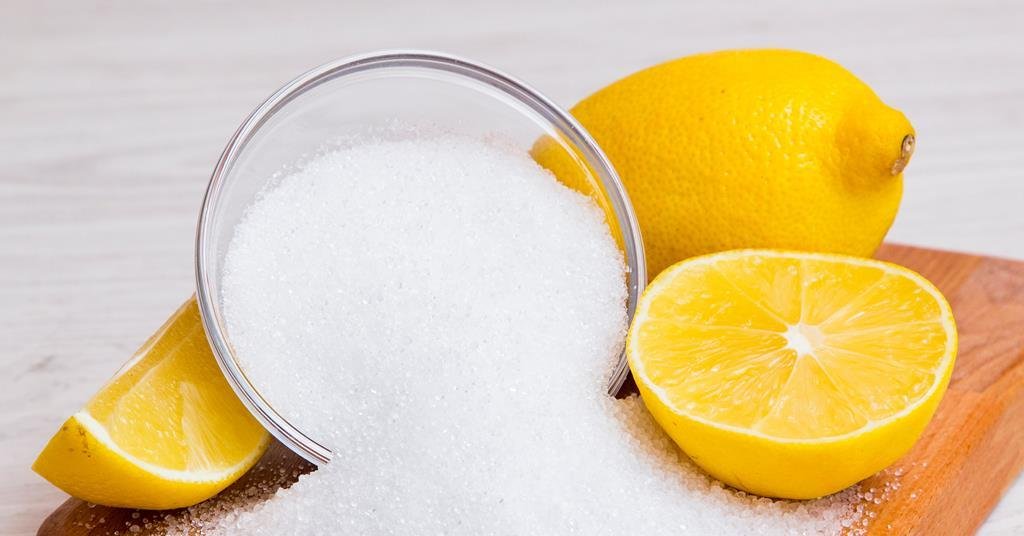
Corn syrup
The addition of cream of tartar to cookie dough produces the softest batches of cookies, owing to the crystallization inhibitors included in the cream of tartar (via The Bearfoot Baker). When you remove your cookies from the oven, the dissolved sugar starts to cool and hardens or crystallizes, resulting in a solid cookie. This is what gives cookies their crunchiness.
According to Science of Cooking, cream of tartar inhibits crystallization by converting sugar to glucose and fructose. With corn syrup already converted to glucose, it is the product of a reaction between cream of tartar and sugar. Therefore, cream of tartar is unnecessary in this recipe since corn syrup does not crystallize the way sugar does in a cookie.
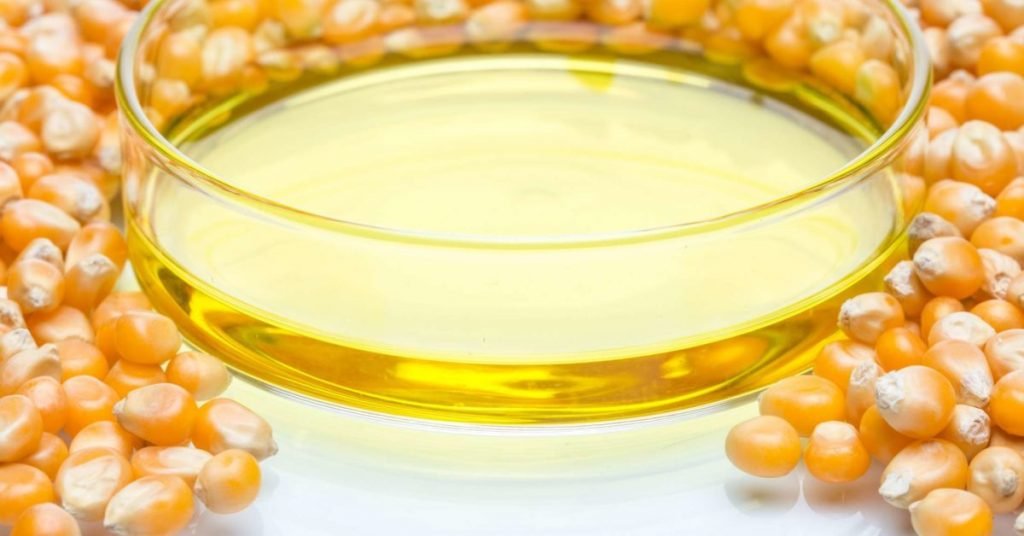
Margarine
Butter, of course, improves the flavor of practically everything, and when used in excess in cookies, according to Food52, it may even serve as a replacement for the cream of tartar. The purpose of cream of tartar is to soften the texture of cookies, and although butter and cream of tartar do this in somewhat different ways, the final effect is delicious in both cases. Unlike cream of tartar, which softens cookies by converting sugar to glucose and fructose, butter softens cookies by preventing sucrose crystals from forming in the first place.
While it is not required to use an exact quantity of cream of tartar instead of butter, the replacement ratio is not quite 1:1, so you may need to experiment with your cookie dough until it looks and tastes correct. Finally, the degree of softness desired in your cookies is a matter of personal choice. Butter may also make cookies chewy and greasy, so be sure to consider all of the butter’s characteristics before substituting this cream of tartar for the original.
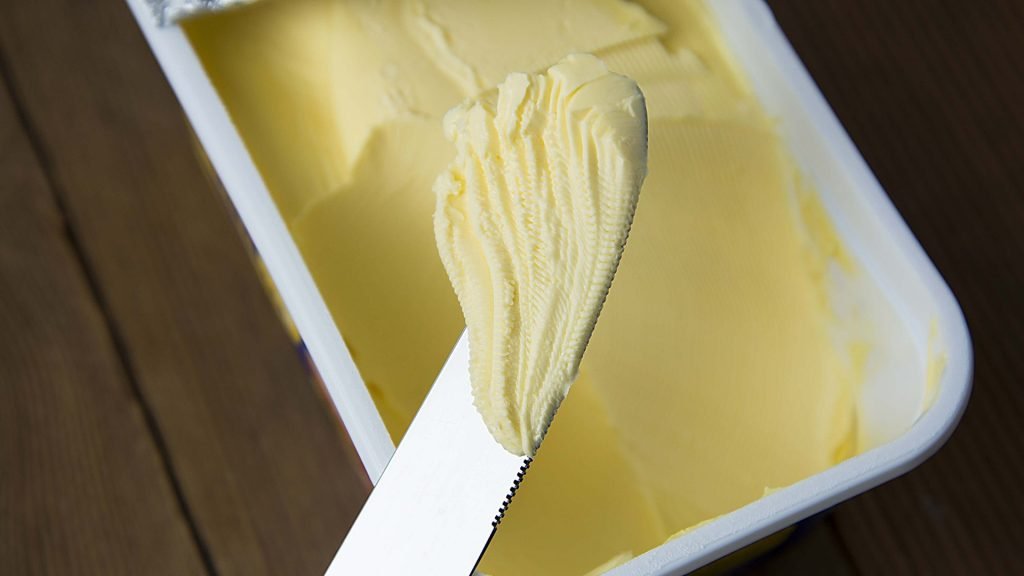
Buttermilk
Buttermilk may be used to generate a range of effects, including fluffier and softer overall cakes. Buttermilk’s acidity contributes to forming a lighter, more airy texture, much as cream of tartar does. However, due to its density, it does not work nearly as well as the cream of tartar as a stabilizer in meringue or egg white-based dishes. However, if you’re baking a cake, you won’t need any cream of tartar.
You must pay close attention to the proportions of the other ingredients in this recipe since the addition of buttermilk substantially alters the consistency of the batter. According to The Pioneer Woman’s blog, a sprinkle of cream of tartar (really, a 14-teaspoon amount) equals 12 cups of buttermilk, which means you’ll need to exclude a whole 12 cup of liquid from the original recipe. So while buttermilk is an excellent alternative for the cream of tartar in cake batter, you should experiment with a different ingredient or way of preparation for cookie dough or pretty much anything else.
Yogurt
In cake recipes, yogurt may be used in place of cream of tartar. However, owing to its heavy viscosity, it needs two processes to incorporate it into the mixture. To produce buttermilk, it must first be gradually thinned with milk until the consistency of yogurt is achieved.
Second, 12 cups of the original recipe’s liquid must be drained from the mixture before reintroducing into the batter. While adding one liquid and instantly removing another may seem contradictory, it is all about establishing the right ratio of acid to other components. While the cream of tartar is pure acid, yogurt is not, and accuracy is critical in the baking business. to know if you can freeze yogurt checkout our post.
Bowl made of copper
While it may seem implausible that the material of your mixing bowl may affect the outcome of your recipe, Food52 reports that there is both science and history behind it. As the French have done for years, using a copper bowl may remove the need for cream of tartar.
According to Harold McGee, author of “On Food and Cooking,” molecular copper “forms tight bonds with sulfur groups,” which “prevents them from interacting with one another and squeezing out air and water,” much as acids do. In other words, when egg whites are beaten in a copper bowl, the air is trapped in the egg whites and small bits of copper, which aid in the molecular stabilization of the egg whites, as mentioned above. To do the mixing easily you can use stand mixer with bowls which is made from copper or mix in stand mixer then add mixer in separate copper bowl for the sourness effect in your recipe in absence of cream of tartar powder.
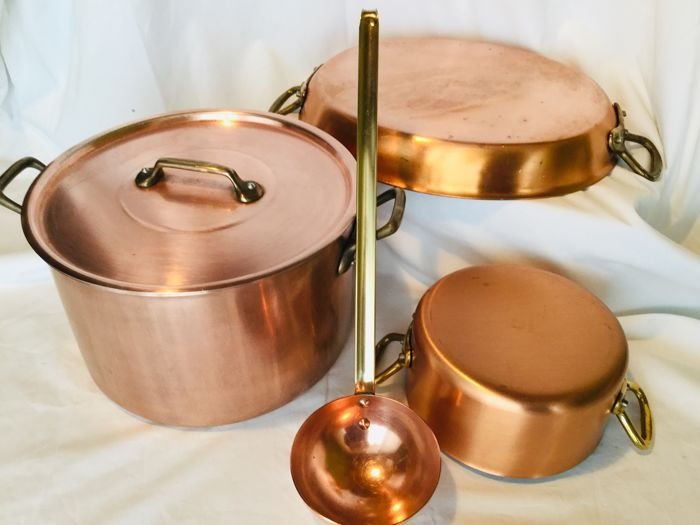
silver mixing bowl
If you don’t have a little cream-of-tartar container on hand but do have an antique silver bowl, now is the time to utilize it. Silver bowls are not often used in casual baking (unless you’re Ina Garten, according to Cassandra’s Kitchen), but when you’re short on the cream of tartar, you may use one to firm your egg whites.
According to Food52, mercenaries are feasible because of strong bonds between silver molecules and the sulfur in the eggs, much like copper molecules interact with copper molecules. Due to the critical role of the material in the chemical reaction, this hack will not work with any metal mixing bowl; thus, if you choose to utilize this hack, ensure that your bowl is pure silver and not stainless steel. Because egg whites beaten in copper bowls have a little pinkish hue, silver is the better alternative if the color of your meringue is essential to you.
FAQs
⦁ Is there a substitute for cream of tartar in snickerdoodles?
The classic acidic flavor of the snickerdoodle is enhanced by adding cream of tartar, which increases the cookie’s chewiness. If you want to create snickerdoodles without using the cream of tartar, you may substitute 2 teaspoons of baking powder for both the cream of tartar and the baking soda in the recipe.
⦁ Is there a substitute for cream of tartar in playdough?
Here are a few alternatives to the cream of tartar in playdough that you may experiment with:
⦁ Baking soda is a chemical compound.
⦁ Cornstarch
⦁ Lemon Juice with Vinegar
If your playdough becomes too firm, you may add a little amount of hair conditioner.
⦁ Is arrowroot a substitute for cream of tartar?
When it comes to starches, cream of tartar does not hold a candle to arrowroot powder’s ability to hold its own. However, if you want to utilize arrowroot powder to give volume to your custard or pudding, cream of tartar may be used instead of the arrowroot powder as its substitute also.
⦁ Is alum a substitute for cream of tartar?
Alum may be used in place of the Cream of Tarter in this recipe. You may use mainly alum, with a smidgeon of Cream of Tartar thrown in for good measure. It makes absolutely no difference.
⦁ Can meringue powder substitute for cream of tartar?
There are significant differences in the composition and usefulness of meringue powder and cream of tartar. Meringue powder is mostly composed of dried egg whites and may be used to make meringue by mixing it with water. As a result, cream of tartar cannot be used to replace meringue powder, although it may be used to stabilize meringue recipes.


We are baking experts and connoisseur of food with decades of cooking experience to cook and bake a variety of scrumptious food item to awaken the taste buds of people who eat our baked delights.
With our gumption, alacrity along with astute acumen to pick the authentic and best quality ingredients from across the world to make the scrumptious recipes which soothes the taste buds of eater has made him the name on which people can count on when it comes to cooking advice, world class meals and cuisines native to the different cities of world.
Our chefs unique ability improvise and make baked dishes with different raw produce and ingredients in less time which are delicious and relished by the guests has made kooky bakes leader in the arena of baking and serving mouth watering food.
